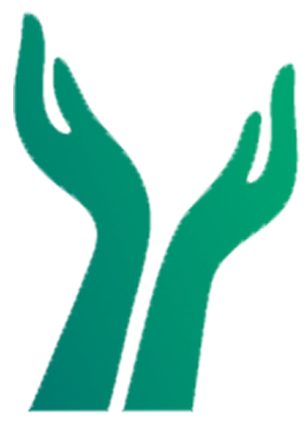Why is it important to get up and down off the ground

The Importance of Getting Up and Down Off the Ground
As we navigate through the various stages of life, maintaining physical fitness becomes increasingly vital. One often overlooked but immensely important aspect of fitness is the ability to get up and down off the ground. This seemingly simple activity is a cornerstone of functional movement and has significant implications for our overall health and longevity. Let’s explore why incorporating this movement into your daily routine is essential, especially as we age.
Enhancing Functional Fitness
Functional fitness refers to exercises that train your muscles to work together and prepare them for daily tasks by simulating common movements you might do at home, work, or in sports. Getting up and down off the ground is a perfect example of a functional movement. It engages multiple muscle groups, including your core, legs, and upper body, promoting strength, balance, and coordination. This movement mimics real-life scenarios, such as picking up items from the floor, playing with children, or gardening.
Building Core and Lower Body Strength
The process of rising from the ground involves engaging your core muscles to stabilize your body and using your leg muscles to propel yourself upward. This action strengthens the muscles in your abdomen, hips, and legs, which are crucial for maintaining mobility and stability. Stronger muscles in these areas can help prevent injuries, improve posture, and enhance overall physical performance.
Improving Balance and Coordination
Balance and coordination are key components of overall fitness, and they tend to decline with age if not actively maintained. Regularly practicing getting up and down off the ground challenges your balance and enhances your body’s ability to coordinate movements. This can lead to improved proprioception (awareness of your body in space), reducing the risk of falls and injuries, which are common concerns as we grow older.
Enhancing Flexibility and Joint Health
Flexibility is another important factor in maintaining a healthy, active lifestyle. The movement of getting up and down off the ground requires a good range of motion in your joints, particularly in the hips, knees, and ankles. Regularly practicing this movement helps keep these joints flexible and lubricated, promoting joint health and reducing stiffness.
Maintaining Independence with Age
As we age, maintaining independence is a primary concern for many. The ability to get up and down off the ground is directly linked to independence. It means being able to move freely without assistance, perform daily activities, and maintain a high quality of life. By incorporating this movement into your fitness routine, you are investing in your future independence.
Practical Tips for Incorporating Ground Movements
- Start Slowly: If you’re not used to getting up and down off the ground, start slowly. Use a sturdy chair or a wall for support as you build strength and confidence.
- Practice Daily: Make it a habit to practice this movement daily. Aim for several repetitions throughout the day to build endurance and strength.
- Combine with Other Exercises: Integrate this movement with other exercises like squats, lunges, and core exercises to create a well-rounded fitness routine.
- Seek Professional Guidance: If you’re unsure how to start or have existing health concerns, consider seeking guidance from a fitness professional or physical therapist.
Conclusion
Incorporating the movement of getting up and down off the ground into your daily routine is a simple yet powerful way to enhance your functional fitness, build strength, improve balance and coordination, maintain flexibility, and promote independence as you age. By prioritizing this movement, you are making a proactive choice to support your long-term health and well-being. So, the next time you find yourself on the ground, remember that you’re not just standing up—you’re standing up for your health and future.

